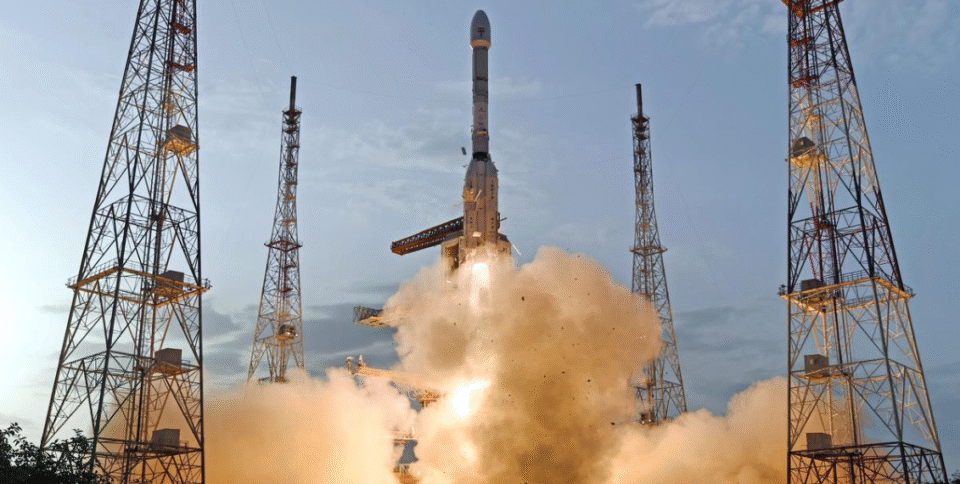Chennai, India, August 1: The NASA-ISRO Synthetic Aperture Radar (NISAR) satellite has entered its critical 90-day commissioning phase, marking a major milestone in the joint space mission between the United States and India. The radar imaging satellite was successfully launched on July 30 aboard a GSLV-F16 rocket from Sriharikota, Andhra Pradesh, and is now undergoing calibration, systems checks, and orbital fine-tuning before beginning full-scale Earth observation.
According to Gerald W. Bawden, Program Manager for Natural Hazards Research at NASA’s Earth Sciences Division, this phase is essential to validate the satellite’s dual-band radar systems and ensure mission readiness. Over the next three months, teams from both NASA and ISRO will conduct comprehensive testing to synchronize instruments, align imaging protocols, and fine-tune satellite positioning.
NISAR is the first radar satellite to use both L-band and S-band synthetic aperture radars, providing high-resolution data on ecosystem changes, ice sheet dynamics, agricultural patterns, and natural hazards like earthquakes and landslides. Scientists emphasize that this radar imaging will be crucial for climate change research, disaster response, and sustainable development planning.
The NISAR mission is widely regarded as a landmark in India-US space collaboration, reflecting growing scientific and strategic ties between the two countries. Once operational, the satellite will generate terabytes of Earth observation data daily, which will be freely available to researchers around the world.

